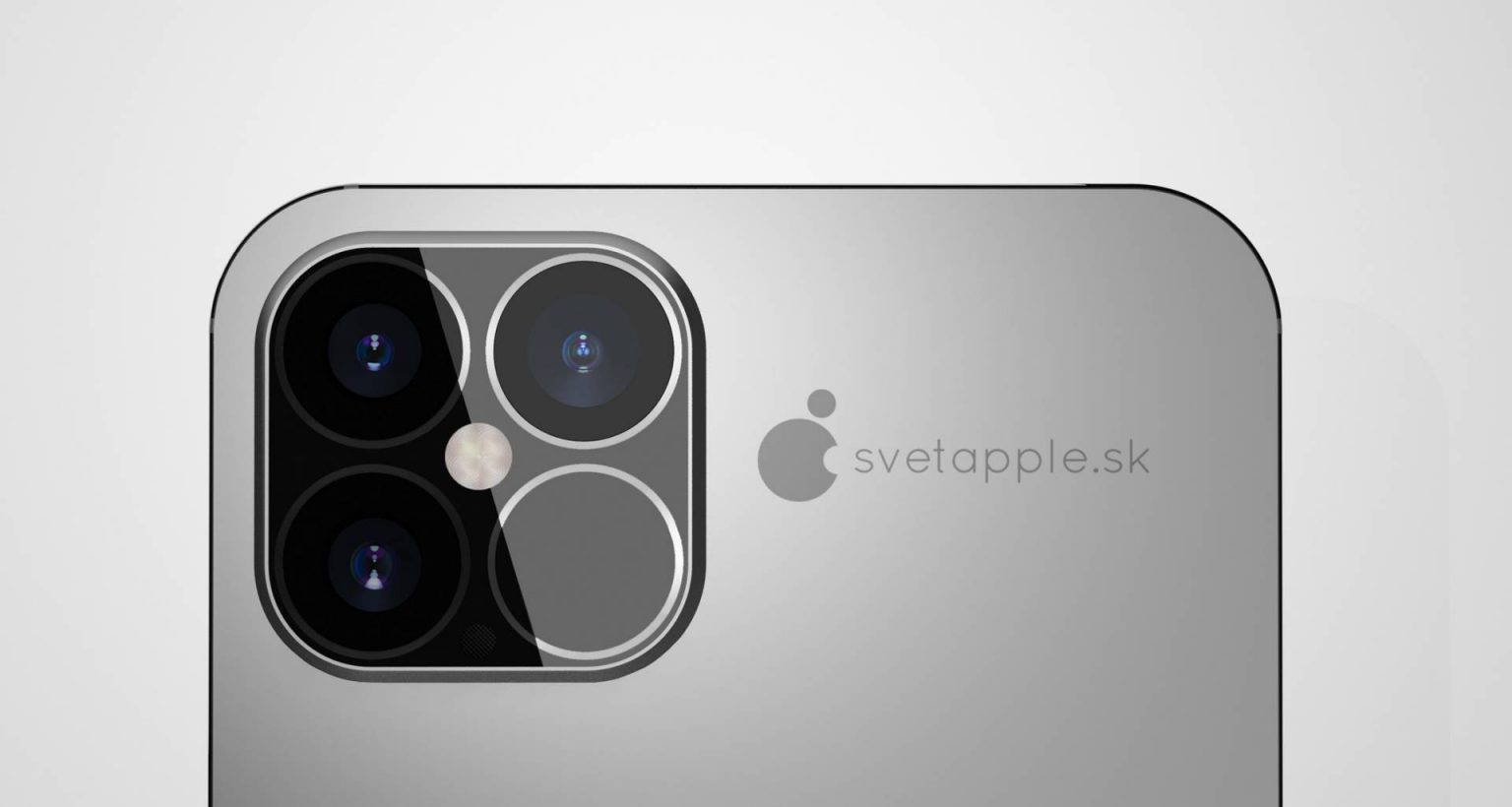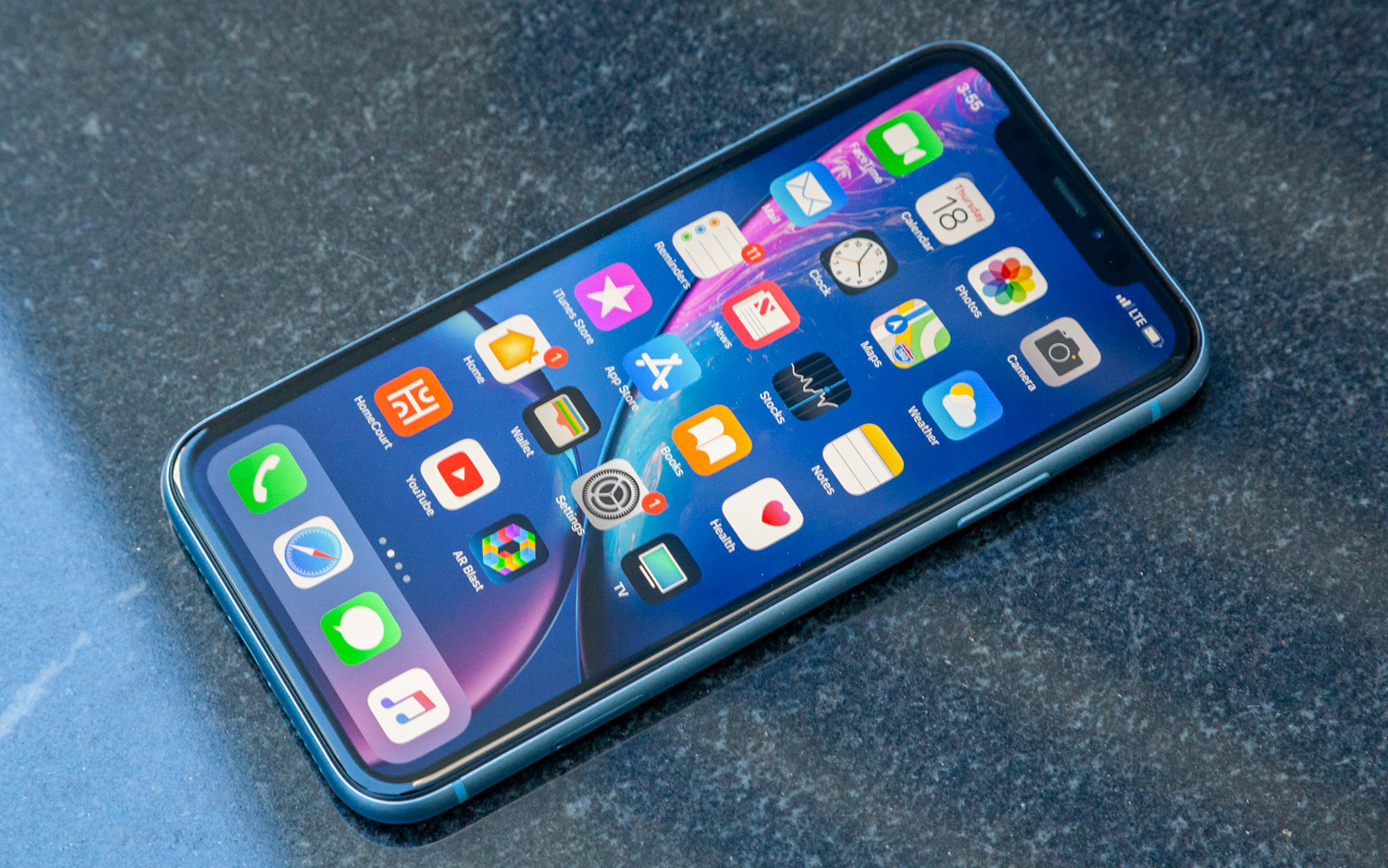iPhone 12: The 5 biggest unanswered questions
A lot of iPhone 12 details have leaked, but some questions still await answers

The iPhone 12 may not be arriving for several months, but it seems like we already know everything there is to know about Apple's upcoming phones. Thanks to well-sourced leaks and analysts forecasts, we know how many models there will be (four), what they're likely to cost (a little less than the iPhone 11 for the entry-level model, while the Pro models will cost the same) and what features are planned (5G connectivity and a faster processor, among other capabilities).
But there's still plenty we don't know about the iPhone 12. And while more information will undoubtedly pop up between now and the phones' release, there's a chance some things will remain a mystery until Apple pulls back the curtain on the iPhone 12.
- Best iPhones
- iPhone 12 vs. iPhone 12 Pro: Everything we know so far
- Plus: iPhone 12 leak just revealed the biggest design changes
Our iPhone 12 hub keeps track of all the iPhone rumors as we hear about them. But here are the iPhone 12 questions we still don't have a definitive answer on.
When is the iPhone 12 shipping?
That's the $999 question (or the $649 question if you're eyeing the cheaper iPhone 12 model). Normally, we can pencil in Apple's annual iPhone launch for the second week of September, but in case you haven't noticed, there's not much that's been normal about 2020.
The coronavirus pandemic has had an impact on the global economy in general, and Apple's plans in particular. We've heard multiple reports of Apple's usual iPhone 12 production schedule getting disrupted by COVID-19 outbreaks — it's hard to make a phone when the factories of your part suppliers are closed for health reasons and your executives can't travel to Asia to oversee manufacturing. Anytime there's a hint of good news, such as word that volume production is about to begin on the iPhone 12, someone inevitably shoots it down. And don't count on Apple — which is always tight-lipped about future products — to provide any clarity.
Even if production is moving ahead, there's no word whether all the phones will ship at once, as they did last year, or if Apple will stagger the release of the different iPhone 12 models. The lower-cost iPhone 12 and 12 Max might appear first, for example, with the iPhone 12 Pro models shipping a few weeks later.
Right now, our best guess is that the iPhone 12 launch gets pushed back into October. That seems to be the conventional wisdom, and until we get some firmer evidence of a different date — perhaps Apple will tip its hand during this month's WWDC online event — we'll assume that the usual September debut is off the table.
Get instant access to breaking news, the hottest reviews, great deals and helpful tips.
What kind of refresh rate will the iPhone 12 Pro models offer?
Will they or won't they? That question's directed at Apple's intentions over the refresh rate of the iPhone 12 displays. Current iPhones have a refresh rate of 60Hz, which is standard for smartphones. But a growing number of high-end phones have started offering 90Hz or 120Hz refresh rates, which can make for smoother scrolling and more immersive experiences. The Galaxy S20 lineup supports a 120Hz refresh rate, as does the OnePlus 8 Pro.

Will Apple follow suit? If the company does, it's likely to be with the iPhone 12 Pro models, as that feature could help differentiate Apple's pricier phones from the lower cost iPhone 12 and iPhone 12 Max. At least, that's what rumor mongers are suggesting.
But upping a screen's refresh rate can put a serious hit on battery life, as we saw in our Galaxy S20 Ultra review. To manage the impact faster refresh rates can have on phone performance, Samsung has the S20 models scale down screen resolution when fast refresh rates are enabled. It's unlikely Apple would want to implement a 120Hz refresh rate with that limitation.
LTPO technology can ease the power consumption required for 120Hz refresh rates. But Ross Young, a display industry expert, believes that only the Samsung Galaxy Note 20 will introduce that technology to its displays this year — and not the iPhone 12. That leaves Apple with the choice of opting for a feature that potentially impacts how long the iPhone 12 Pro models last on a charge, or skipping faster refresh rates with this iPhone release. We're not sure which course of action Apple will take.
What features can a new LiDAR sensor enable?
Much of the talk surrounding the cameras on the iPhone 12 have focused on the number of lenses, rather than specific hardware specs like megapixels and apertures. We think the iPhone 12 and 12 Max will feature a main camera and an ultra wide angle lens while the iPhone 12 Pro models will also feature a telephoto lens. That's the same setup featured in the current iPhone 11 lineup.

But the iPhone 12 Pro may see an additional change — a LiDAR sensor similar to the one Apple added to this year's iPad Pro. In broad terms, we know that a LiDAR sensor can map your surroundings in 3D, and that should help support augmented reality apps as well as photographic and video effects. But we don't know specifics about what kind of things a LiDAR sensor on a iPhone 12 Pro will allow you to do.
Sadly, we'll likely have to wait until Apple's fall iPhone event to see actual demos of the LiDAR sensor in action in terms of the effects it can add to photos and videos. The same goes for AR applications, as we can easily imagine a series of demos in which Apple brings out app makers to show how LiDAR enables cool features in their software. But if Apple starts talking up new AR tools during this month's WWDC keynote, that could be a sign that the LiDAR sensor isn't just a tacked-on gimmick, but rather a central part of the company's focus for this year's phones.
What colors will the iPhone 12 come in?
It may seem like a frivolous question when compared to other potential iPhone 12 features, but iPhone colors are a serious business. And with the exception of a rumored Midnight Blue color taking the place of Midnight Green in the pro lineup, we haven't heard much about Apple's iPhone 12 color plans.

It's likely that Apple follows the same course it's taken over the last couple iPhone upgrade cycles. The standard iPhones will likely have brighter colors — the iPhone 11 currently comes in green, yellow, purple and red in addition to black and white. Pro colors tend to be more staid, with the iPhone 11 Pro available in gold, Space Gray, silver, and the aforementioned Midnight Green.
We hope Apple shakes things up a little bit on the Pro side, working in more colorful options to go with the standard gray and silver colorways. The Midnight Blue option is a step in the right direction, and we hope to see more of it from Apple come the fall.
What happens to the existing iPhone lineup?
When Apple introduces new iPhones, some older models tend to stick around while others are booted off of Apple's retail shelves. The phones that do remain available are still pretty powerful compared to similarly-priced Android phones, even if they're not the latest and greatest iPhones. More importantly, Apple knocks a few bucks off the price.

Take the iPhone XR, a 2018 phone that remains on offer today. With the arrival of the iPhone 11 last fall, Apple knocked the price of that model down to $599 — a $150 drop from its $749 debut price.
It's unclear at this point which current phones Apple would keep around, outside of the iPhone SE that just debuted earlier this year. With Apple planning a range of prices and screen sizes, there's less incentive to keep older models around. That said, the iPhone 11 has proven to be an especially popular phone, and we could see Apple cutting the price just to see if it generates additional interest.
Philip Michaels is a Managing Editor at Tom's Guide. He's been covering personal technology since 1999 and was in the building when Steve Jobs showed off the iPhone for the first time. He's been evaluating smartphones since that first iPhone debuted in 2007, and he's been following phone carriers and smartphone plans since 2015. He has strong opinions about Apple, the Oakland Athletics, old movies and proper butchery techniques. Follow him at @PhilipMichaels.

